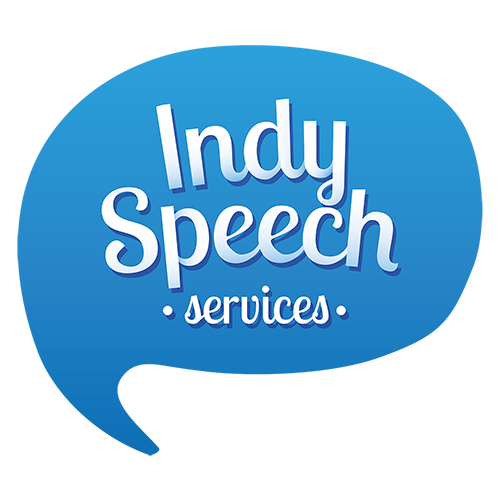As a medical pediatric speech-language pathologist, I was not privy to school-based curricula until I began my private speech practice. As I slowly immersed myself into schools and began working with educators, I realized that there was a really wide variety of ways reading and writing were being taught with many, many programs out there. I was very overwhelmed when parents came to me asking what program would fit their child best. As someone in the field, I had a hard time figuring it out, so I could only imagine what parents must have been feeling. So after a few years of experience, here are the nuts and bolts of it all and why it is essential that you ask your child’s teacher, not school, but teacher, how he or she will teach reading this year since it varies from classroom to classroom.
I’ll start by saying something professionals and parents confuse:
LANGUAGE COMES NATURALLY, Reading DOES NOT.
Yes, that’s right. Reading, like a sport, needs to be taught explicitly. What happened to Hooked on Phonics? Classrooms these days are teaching implicitly. Teachers are being told that if we simply expose children to books and just “read, read, read” they will begin to learn the rules naturally as a result of a now debunked approach called “Whole Language” instruction. This is simply not true and not based in evidence. Google it, I dare you.
READING is a learned skill.
Reading must be taught. In fact, a systemic and explicit phonics program is necessary in order to learn how to read. This is not just for kids who have trouble. All kids need phonics instruction taught in a step-wise manner. Those kids who struggle with reading still need this type of instruction but perhaps with a bit more of a multi-sensory approach . However, that explicit, step-wise and multi-sensory approach still works for all kids!
READING NEEDS TO BE TAUGHT. EXPLICITLY.
Did you know that about 5-10% of the world’s population has trouble reading and that 70-80% of those folks are dyslexic?
Dyslexia is real.
also,
Dyslexia is a language disorder.
I can’t stress this enough. So many professionals are attributing dyslexia to a visual problem. It’s super confusing for parents and for other professionals, like me! Dyslexia is a problem learning the phonological aspects (the sound system among other things) of literacy. It is also one of the most common disorders in people diagnosed with ADHD (about 50-60% via attitudemag). Having said all of that, one very important point to make is that:
Dyslexia has nothing to do with intelligence.
While many kids with dyslexia may have attention difficulties and/or a language disorder, it does not affect their intelligence or cognitive skills. Some kids who may not even have dyslexia at all are being labeled as delayed simply because they have not had explicit phonics instruction. Kids with dyslexia sometimes think that because they need to learn how to read differently, they are stupid or slow. NO. These words and ways of thinking pervade older children’s thoughts because we are not teaching reading explicitly or noticing the signs of dyslexia early enough. Sure, we may not always be able to formally diagnose dyslexia by the time a kid is in pre-k or kindergarten to prevent these difficulties from emerging, but if we started to teach reading correctly then many of these concerns would be lessened. Offering all kids a way to learn literacy through explicit instruction via multi-sensory and movement activities actually WORKS. Here’s my main point:
The way KIDS WITH DYSLEXIA learn to read works for all kids.
Yep. I said it. It’s the architectural term, “Universal Design” at its best. What works for people with difficulties, works for everyone else too. Not only that, but in my experience, it works BEST. This is what got me motivated to start my Playful Literacy class.
So what should you know in order to ask the right questions about your child’s literacy development and the program offered at school?
Here are my list of top 5 critical aspects of a reading program:
Explicit Instruction
Multi-Sensory Approach
Incorporation of Movement
Play-Based
Repetition
There are many, many programs out there. The ones that provide an Orton-Gillingham approach (FYI this is not a program but a method to teach reading explicitly through multi-sensory strategies) work. Programs like Lindamood-Bell, Wilson, IMSE Orton-Gillingham and Fundations work. All others may not have the same systematic, explicit and multi-sensory combination needed to teach reading in an evidence-based manner. If your child’s school does not teach reading explicitly, please ask more questions! Ask them to consider more of the research behind reading science.
Here’s a good link to get you started: NY Times Why Are We Still Teaching Reading The Wrong Way.
Join our after school Playful Literacy class this fall to see what we are talking about. No, we will not be sitting at desks! We will be moving, playing and curiously discovering literacy to get your child the play-based literacy instruction that is founded in what really works—research!

